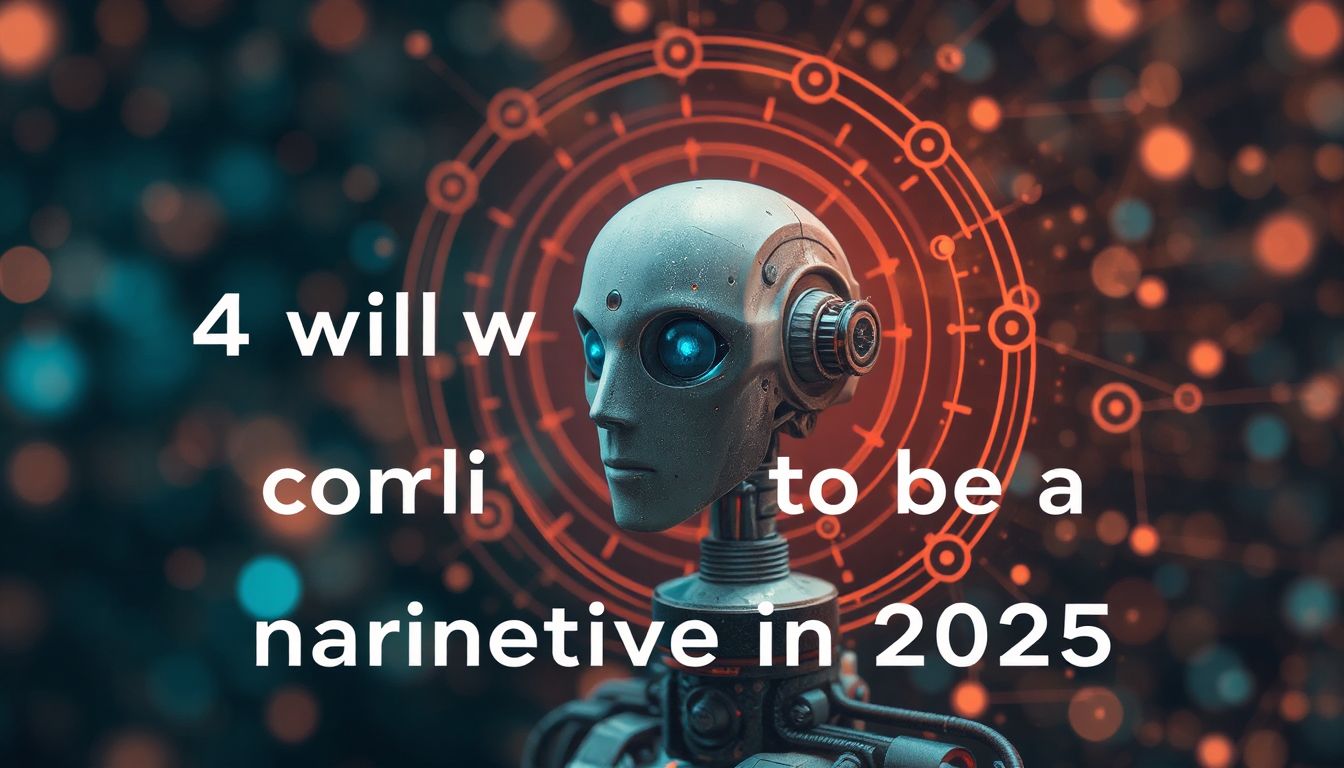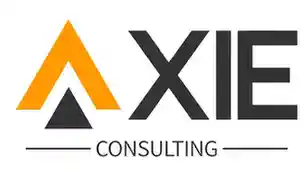
4 Signals AI Will Continue to Be a Major Narrative in 2025
Artificial Intelligence (AI) has been the talk of the town since ChatGPT burst onto the scene in late 2022. From businesses integrating AI into daily operations to Nvidia’s skyrocketing stock prices, the AI wave shows no signs of slowing down. But with all the hype, many wonder: Will AI still be a big deal in 2025?
The short answer? Absolutely. Here’s why.
1. AI Adoption Rates Are Skyrocketing
Remember when ChatGPT hit 100 million users in just two months? That wasn’t a fluke—it was a sign of things to come. Today, AI tools aren’t just for tech enthusiasts; they’re part of everyday life. Businesses use AI for customer service, content creation, and even decision-making. Consumers rely on AI for everything from smart home devices to personalized recommendations.
And it’s not just ChatGPT. AI-powered image generators, coding assistants, and voice models are in high demand. The more people experiment with AI, the more ingrained it becomes in our routines. By 2025, AI won’t just be a tool—it’ll be a necessity.
2. Digital Humans Are Becoming a Reality
Imagine having a digital twin that can attend meetings, reply to emails, or even socialize online—just like you would. Sounds like sci-fi? Not anymore. Advances in AI are making hyper-realistic digital humans possible.
Companies are already developing AI avatars that mimic human emotions, speech patterns, and personalities. These digital beings aren’t just chatbots; they’re designed to learn, adapt, and interact naturally. By 2025, we might see digital humans handling customer service, virtual events, and even companionship.
This isn’t just a novelty—it’s a game-changer for industries like healthcare, education, and entertainment.
3. Massive Investments Are Fueling AI Growth
Money talks, and right now, it’s screaming "AI is the future." In 2024 alone, global AI funding surpassed $100 billion. Governments and corporations are pouring resources into AI research, infrastructure, and startups.
The U.S. and China are leading the charge, with both nations announcing multi-billion-dollar AI initiatives. Private investors aren’t far behind, betting big on AI-driven innovations. With this level of financial backing, AI development won’t just continue—it’ll accelerate.
4. The Global AI Race Is Heating Up
Competition breeds innovation, and the AI space is no exception. The U.S. and China are locked in a high-stakes battle for AI supremacy, pushing each other to develop faster, smarter, and more efficient models.
China’s DeepSeek R1, for example, was trained for a fraction of the cost of Western models—proving that breakthroughs don’t always require massive budgets. Meanwhile, OpenAI and Google keep raising the bar with new features and capabilities.
This rivalry ensures that AI advancements won’t plateau anytime soon. By 2025, we’ll likely see even more groundbreaking developments as countries and companies vie for dominance.
Conclusion: AI Is Here to Stay
From rapid adoption to cutting-edge innovations, AI isn’t just a passing trend—it’s reshaping the world. Ethical concerns and regulatory challenges remain, but the momentum is undeniable. By 2025, AI will be deeper embedded in our lives, economies, and cultures.
So, if you’re still on the fence about AI’s staying power, these four signals should clear things up. The AI revolution isn’t slowing down—it’s just getting started.
